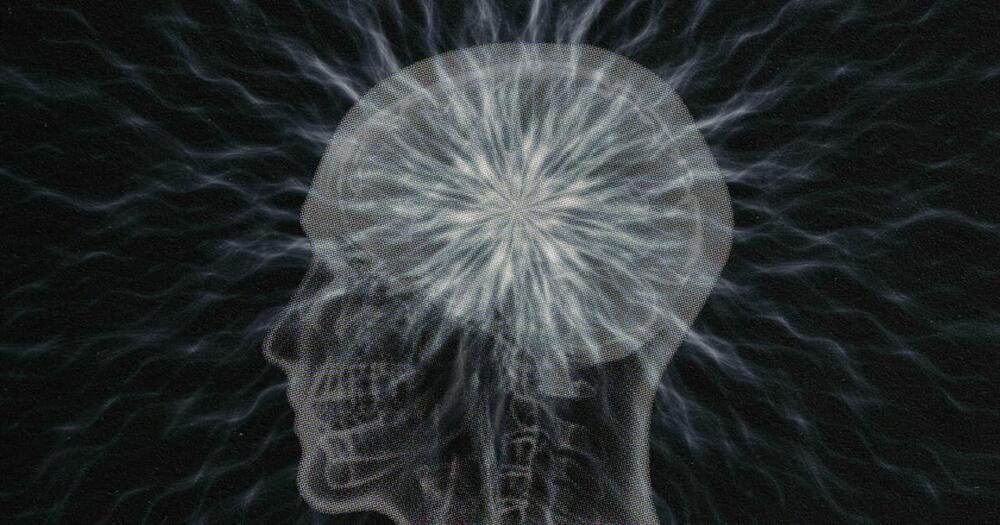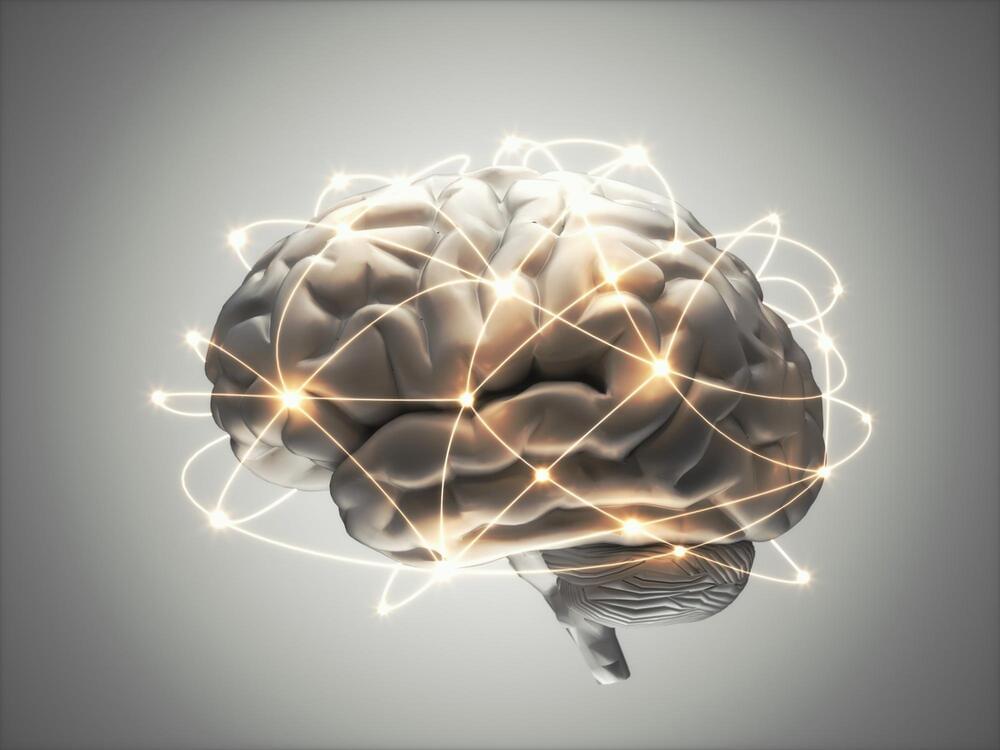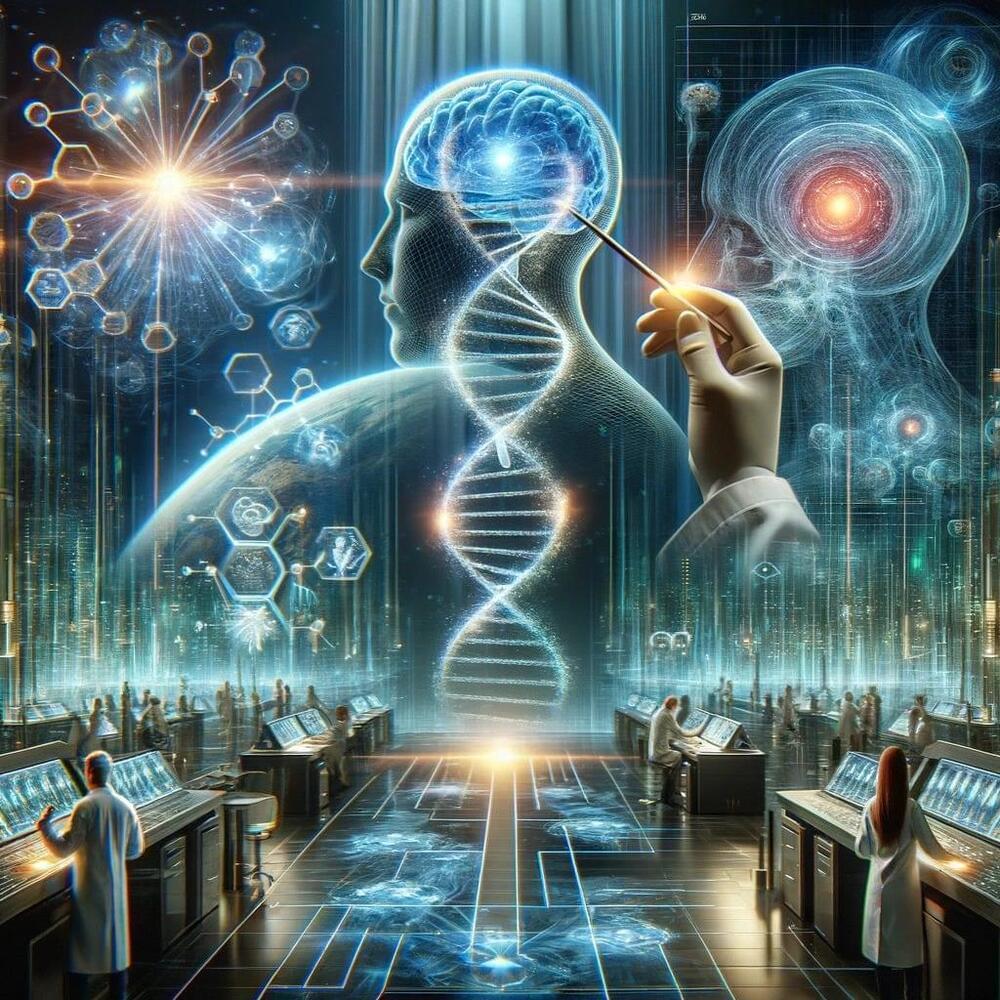Researchers identified a subcortical brain network that is thought to combine arousal and awareness, playing a key role in human consciousness.
A study recently published in Science Translational Medicine by researchers from Massachusetts General Hospital and Boston Children’s Hospital, both part of the Mass General Brigham healthcare system, introduces a connectivity map of a brain network. This map, the researchers suggest, is essential for maintaining human consciousness.
The study involved high-resolution scans that enabled the researchers to visualize brain connections at submillimeter spatial resolution. This technical advance allowed them to identify previously unseen pathways connecting the brainstem, thalamus, hypothalamus, basal forebrain, and cerebral cortex.








